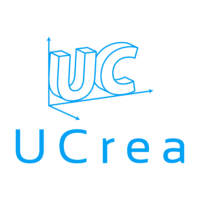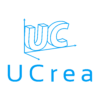Context
Architects define and shape the physical reality in which our societies evolve. These teams of creative minds use science and technology in order to express artistic creations. As such, the tools and technologies used by architects influence their designs in a tangible way.

Evolving technology
Today’s architecture firms need to constantly navigate the transition into a digital age. New software updates are needed on a regular basis. Adding to this, the computer hardware necessary to run these new programs also represent significant investments. Along with these upgrades comes an increase in productivity. It is becoming increasingly easy to express an idea in the digital world. These tools help bridges the gap between one’s imagination and its expression in the physical world.
More and more developers are looking for quick profit. Designer and architects face the challenge of pushing for quality of design over speed and reduced costs. Architects more then ever need tools to convey the added value of a great design.
Additive manufacturing
In comes 3D printing. Many architecture firms are already using 3D printing to help them convey their design intentions. Using 3D printing comes with many advantages:
- Higher levels of precision in models than those produced using wood or foam;
- Less time lost over preparing the entire model by hand;
- More complex geometries can be produced;
- Can help better visualise the project at different phases of completion;
- Can easily iterate or modify after building a first model for review;
- Lowered model production costs.
A 3D printing service can be used to create study models during the creation process. Otherwise, final models can be prepared to showcase to a client or jury.
At UCrea, we offer high quality FDM (fused deposition modelling) 3D printing services with fast lead times. Check our online quoting tool to get an estimate for your latest project.


Producing 3D printed models
A model printed in PLA (poly-lactic-acid) is low cost and easy to post process. For example, sanding, painting and gluing can be used to give printed models their final shape and visual appeal. In addition, using different elements and other materials that are combined with 3D printed parts can result in complex models. 3D printing becomes increasingly powerful when used to produce the custom pieces needed to bring together other parts. These parts can be off the shelf components or elements produced using other technologies such as laser cutting. There is no need to limit yourself to one technology in producing your architectural models.
Understanding the design limitation of fused deposition modelling is key in producing models that come out exactly the way you intend them to. At UCrea, we created design guidelines to help you better design for 3D printing. Once work-arounds for these limitations are mastered, there is no limit to what can be produced with 3D printing. Complexity comes at no cost with additive manufacturing. Feel free to get carried away with organic shapes and intricate geometries.
3D printing on the field
3D printing doesn’t need to limit itself to models. It can become an integral part of your final product as well. Branch technology is doing just that. It’s worth the watch!

